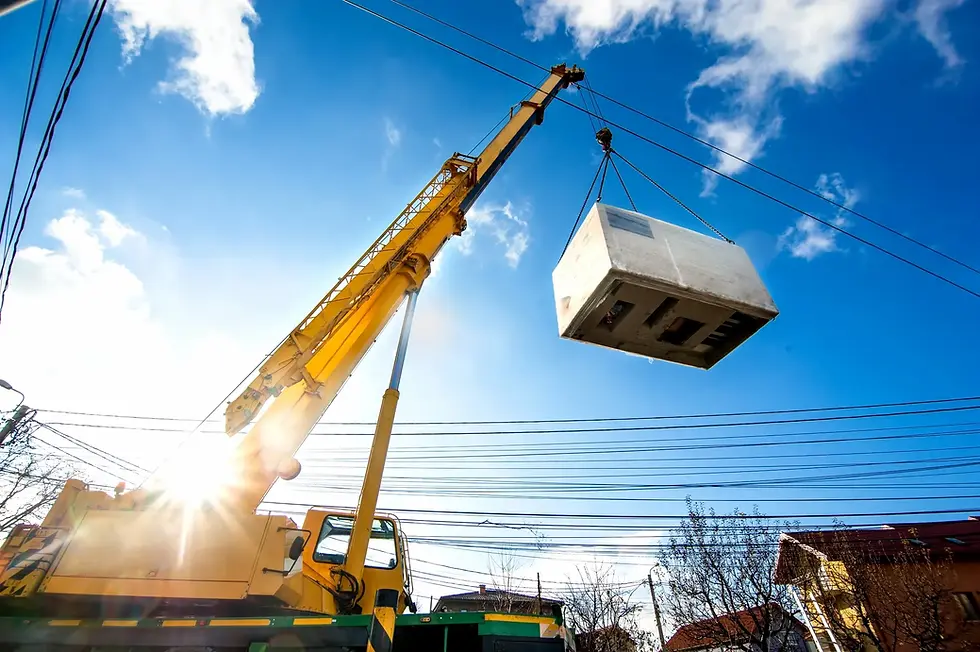How to Overcome the Top Challenges in Crane Transportation
- Macsalvors Crane Hire
- Jul 31, 2024
- 3 min read

Cranes are useful and necessary pieces of equipment for a range of projects across the country, with their large size and lifting capabilities being indispensable. Although, their sizable nature does beg the question: how are they installed in the first place?
Whilst cranes are commonplace at certain sites, new or temporary projects may require crane transportation in order for it to be installed and ready to use. This, of course, brings with it its own set of challenges.
Read on as we discuss what some of these are and how they can be overcome.
Finding an Appropriate Transportation Vehicle
The first challenge is figuring out which vehicle is most suitable to actually transport a crane. Some cranes are small enough to be transported as they are (e.g. spider cranes and compact cranes), whereas larger cranes will need to be disassembled and their components transported separately.
Regardless, the most convenient solution is to use a low loader lorry for transportation. As their name suggests, these are lorries that feature low-level flatbed trailers. Since the level of the loading deck of these trailers is close to the floor, this allows them to carry large and heavy pieces of equipment safely and without exceeding height restrictions.
Calculating Transportation Costs
There are three main factors that will affect the transportation costs of a crane:
Size (dimensions)
Weight
Distance
Firstly, the dimensions of your crane may call for professional disassembly and multiple trailers to be used, which will unsurprisingly increase costs.
Weight may also impact costs, as different vehicles have different maximum payloads, which must be considered when determining which is best to carry your crane. You may also incur fees if a vehicle exceeds its weight limits when carrying your crane, as this isn’t inline with safety regulations.
Naturally, the longer the distance being travelled, the more transportation is going to cost. The specific route taken should also be considered beforehand, as you not only want delivery of the crane to be as efficient and timely as possible, but also safe.
Honouring Weight and Distance Restrictions
Weight and distance don’t only have an impact on costs, but they may also pose further restrictions.
As we’ve already mentioned, there will be certain weight restrictions in place that determine how much a vehicle can hold and travel with at any one time. These must be considered in order to determine the most suitable vehicle and ensure that your crane won’t be transported on a vehicle that can not safely do so according to legal requirements.
If your crane is being transported over an especially large distance (e.g. from one end of the country to the other), then you can expect the overall travel time to be longer. Remember, lorry drivers are legally required to take a minimum break of 45 minutes after driving for four and a half hours, which can further impact the time it takes before you can expect your crane to reach its destination.
Low Loader Hire
If you’re in need of a transport solution for your crane, then we can help here at Macsalvors Crane Hire.
We own an impressive fleet of special Hiabs, low loaders and artics all available for hire to help with your vehicle and crane loading and transportation needs. Get in touch with us today to discuss your requirements.






Comments